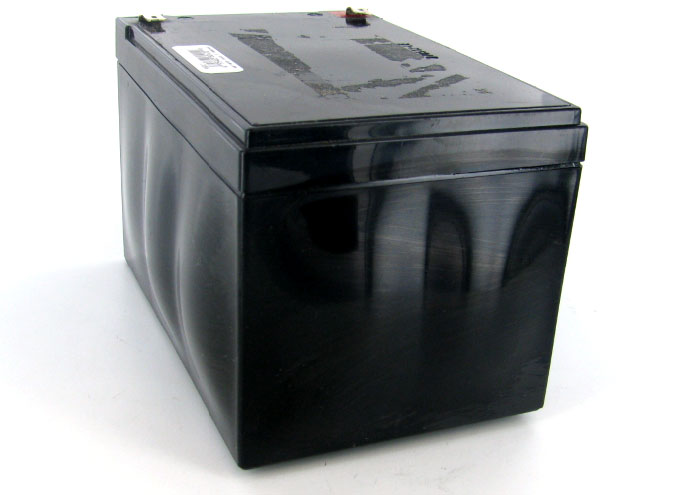Brand new batteries, whether they are rechargeable or non-rechargeable, should not have bulges or deformations under normal circumstances. Bulging in a new battery can be a sign of a manufacturing defect or other issues.
- Manufacturing Defects: In rare cases, batteries can have manufacturing defects that result in bulges or deformations. These defects can occur during the manufacturing process when the electrode materials or the separator are not properly assembled or sealed. These defects may not always be visible from the outside, but they can lead to internal pressure buildup and bulging.
- Overcharging: If a rechargeable battery is overcharged, it can generate excessive heat and gas, leading to bulging. Overcharging can occur due to a malfunctioning charger, incorrect charging settings, or using a charger not designed for the specific battery type. It’s essential to use the right charger for the battery and follow manufacturer-recommended charging practices.
- Physical Damage: Batteries can become damaged during handling, shipping, or installation. Physical damage, such as punctures or impacts, can compromise the integrity of the battery casing, leading to bulges. It’s crucial to handle batteries with care and inspect them for visible damage before use.
- Quality Control Issues: Batteries from some manufacturers may be more prone to defects or quality control issues than others. It’s advisable to purchase batteries from reputable manufacturers and retailers to reduce the likelihood of receiving defective products.
- Temperature Extremes: Extreme temperature conditions, both high and low, can affect the performance and safety of batteries. In extremely hot environments, batteries may be more susceptible to internal pressure buildup and bulging.
If you encounter brand new batteries with bulges, it’s important to take the following steps:
- Safety First: Handle bulging batteries with caution, as they can be a safety hazard. Do not puncture, disassemble, or attempt to use a bulging battery.
- Isolate the Battery: Remove the bulging battery from any devices or chargers immediately to prevent further damage or safety risks.
- Contact the Manufacturer or Retailer: Reach out to the manufacturer or the retailer where you purchased the batteries. They may offer guidance on how to safely dispose of the bulging battery and potentially provide a replacement or refund.
- Dispose Properly: Dispose of damaged or defective batteries in accordance with local regulations and safety guidelines. Many areas have specific recycling or disposal procedures for batteries to prevent environmental contamination.
In summary, bulging in brand new batteries is not normal and can indicate manufacturing defects, overcharging, physical damage, or other issues. Prioritize safety when dealing with bulging batteries and seek assistance from the manufacturer or retailer to address the problem.


